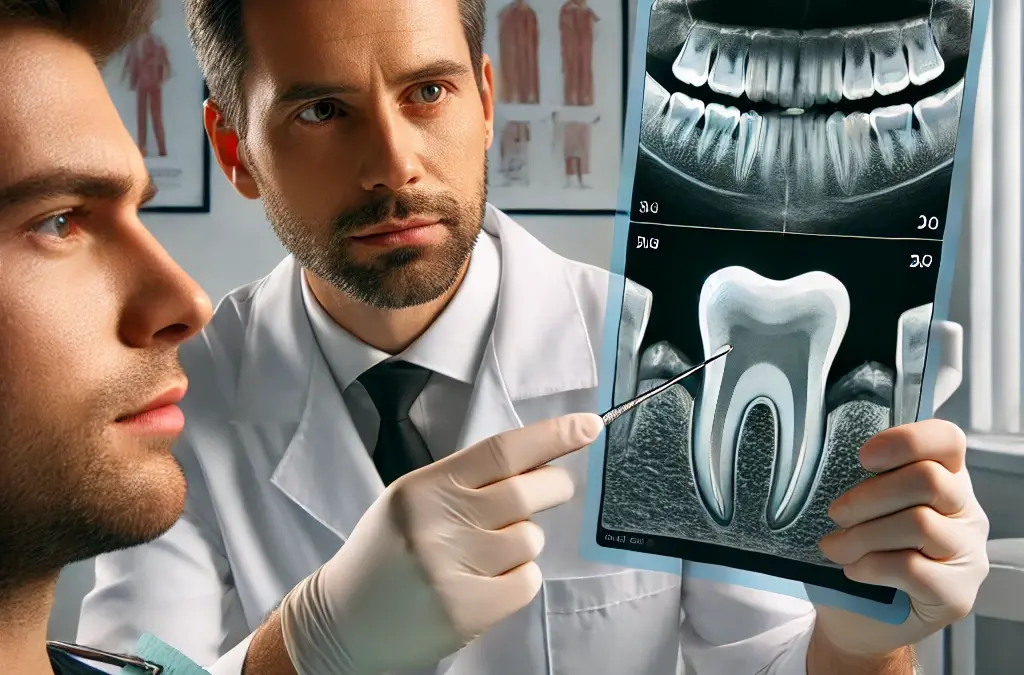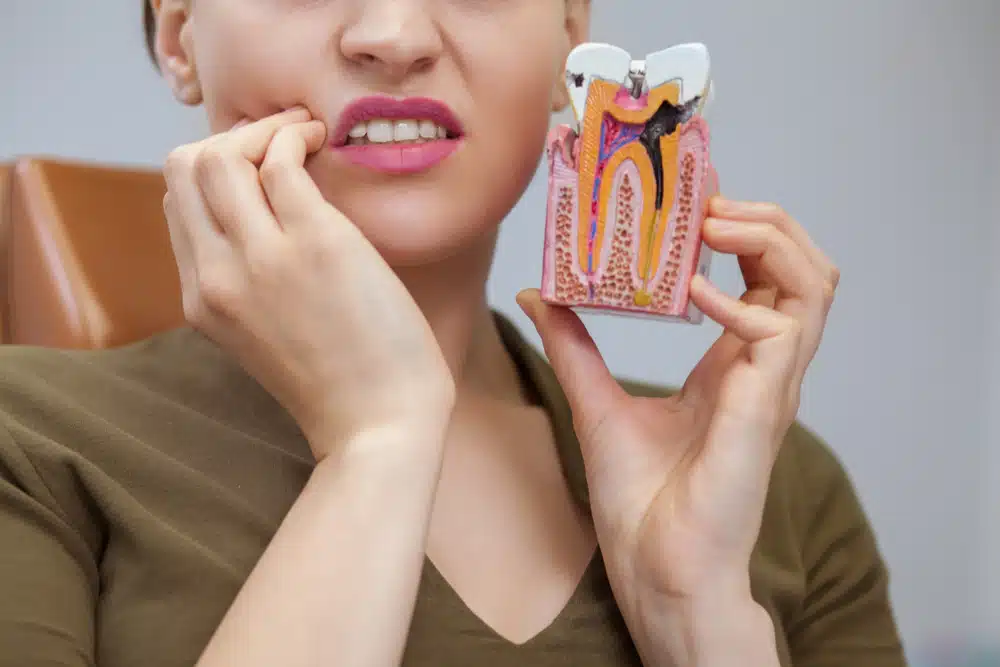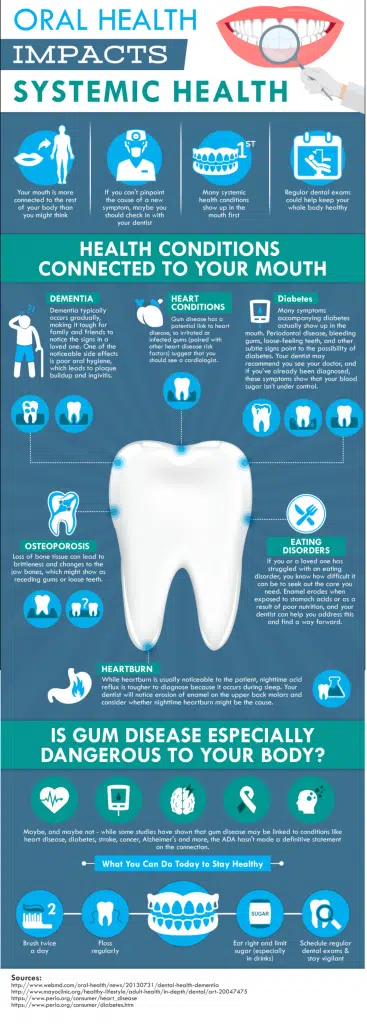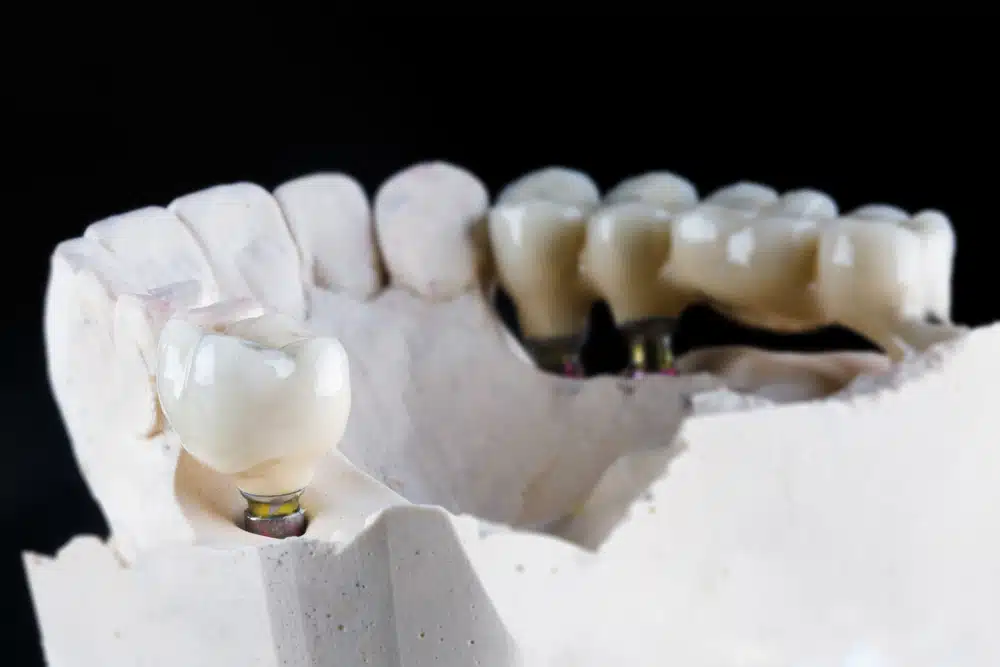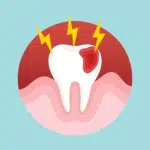
What Happens When Your Dentist Removes an Old Crown and Finds Extensive Decay
It’s a scenario that can surprise even the most diligent dental patient: your dentist removes an old crown, and beneath it lies a significant amount of decay. This decay, often hidden from view and undetectable through regular dental X-rays, can pose a serious threat to the tooth’s structure and health. When this happens, several treatment options must be considered based on the extent of the decay, the location of the tooth, and various patient-specific factors.
The Discovery of Hidden Decay
The discovery of hidden decay under an old crown typically occurs during the removal of the crown for replacement or due to discomfort reported by the patient. The decay might have developed due to a poor fit of the old crown, inadequate oral hygiene, or other factors. When a dentist uncovers extensive decay, immediate steps must be taken to address the damage and decide on the best course of action.
Evaluating the Extent of Decay
Upon discovering the decay, the dentist will assess the extent of the damage. This evaluation is crucial to determine if the tooth can be saved or if extraction is the most viable option. Factors that influence this decision include:
- Amount of Remaining Tooth Structure: If there is insufficient healthy tooth structure left, saving the tooth might not be possible.
- Location of the Tooth: The position of the tooth in the mouth can influence the treatment choice. Front teeth have different functional and aesthetic considerations compared to molars.
- Patient Preferences and Health: Patient’s overall health, preferences, and age also play a significant role in deciding the treatment plan.
Treatment Options for Extensive Decay
- Crown Lengthening:
Crown lengthening is a procedure that involves reshaping the gum and bone tissue to expose more of the tooth’s structure, providing a stable base for a new crown. This can be a viable option if there is enough tooth structure to support the procedure.
- Case Example: Recently, a patient with extensive decay under an old crown on tooth #31 opted for crown lengthening. The old post was removed, a new post was placed, and a new buildup was done. The use of a CO2 laser facilitated the process, making it efficient and precise. The tooth, being out of the esthetic zone, allowed for a focus on functionality over aesthetics.
- Extraction and Replacement Options:
If the decay is too extensive, the tooth may need to be extracted. Post-extraction, several replacement options are available:
- Ridge Preservation and Guided Tissue Regeneration (GTR): These procedures help maintain the bone structure and prepare the site for an implant. Ridge preservation involves placing bone graft material into the socket immediately after extraction to prevent bone loss. GTR may involve the use of membranes to guide the bone regeneration process.
- Dental Implant: Implants are a popular and effective solution for replacing a missing tooth. They provide a permanent, stable replacement that looks and functions like a natural tooth. The success of implants depends on the amount of available bone and the patient’s overall health.
- Dental Bridge: A bridge is another fixed option for replacing a missing tooth. It involves placing crowns on adjacent teeth and a false tooth in between. Bridges can be a good alternative if implants are not feasible.
- Removable Partial Denture: Although typically less popular, removable partial dentures are a cost-effective solution. They can be taken out and cleaned easily but may not offer the same comfort and stability as fixed options.
Why Address Hidden Decay Even If Asymptomatic
Many patients might wonder why they need to address decay if they don’t feel any pain or see visible problems. Here are some crucial reasons:
- Prevent Further Damage: Untreated decay can continue to progress, leading to more severe damage that can compromise the entire tooth or even adjacent teeth.
- Avoid Infections: Decay can lead to infections, which might require more intensive treatments like root canals or extractions.
- Maintain Oral Health: Treating decay early helps maintain overall oral health, preventing more complex and costly dental issues down the line.
- Aesthetic and Functional Integrity: Even if a tooth is out of the esthetic zone, maintaining its functional integrity is vital for chewing and overall dental alignment.
- Long-Term Savings: Addressing dental issues promptly can save money in the long run by avoiding more extensive procedures.
___________________
Discovering extensive decay under an old crown is a challenging situation, but modern dentistry offers several viable solutions. The chosen treatment depends on the extent of the decay, the location of the tooth, and patient-specific factors such as health, preferences, and financial considerations. By evaluating all options, your dentist can help you make an informed decision that ensures the best possible outcome for your dental health and overall well-being.
If you suspect any issues with your old crowns or have concerns about your dental health, consult your dentist. Addressing problems early, even if asymptomatic, is key to maintaining a healthy and functional smile.
